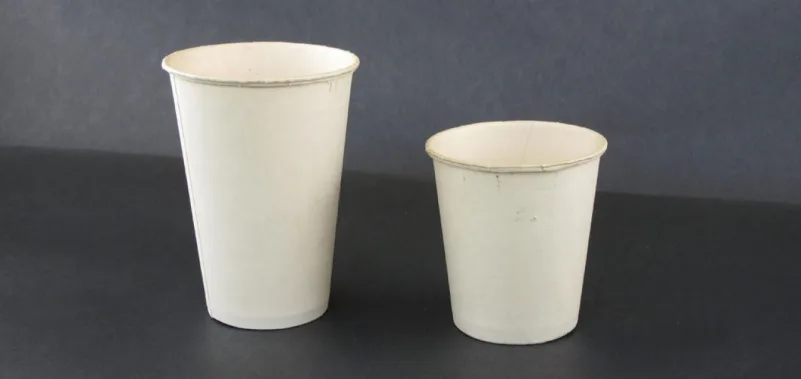Americans take the disposability of objects for granted. We interact every day with objects that are designed to be used once and discarded. We drink water from single-use bottles that we throw in the trash; disposable diapers clothe our babies; plastic shopping bags accumulate in our kitchen drawers.
When you throw something away, its role in your life may be over, but its story continues. This website explores disposable objects, from the rubbish an eighteenth century household dumped outside its kitchen door to the single use camera that a forgetful vacationer might purchase at an airport.
What people have assumed is disposable has changed dramatically over time, especially after World War II. The projects in this site explore Americans’ evolving relationships with what they discard and the ways they discard it. Abundance, cheap new materials, global trade and systems for managing trash have over time helped to distance consumers from their waste — and the consequences of their decisions.
Is there an American “culture of disposability”? If so, how did it evolve over time? What are its environmental implications? Explore Disposable America and ask yourself what you assume about the things that you throw away.
